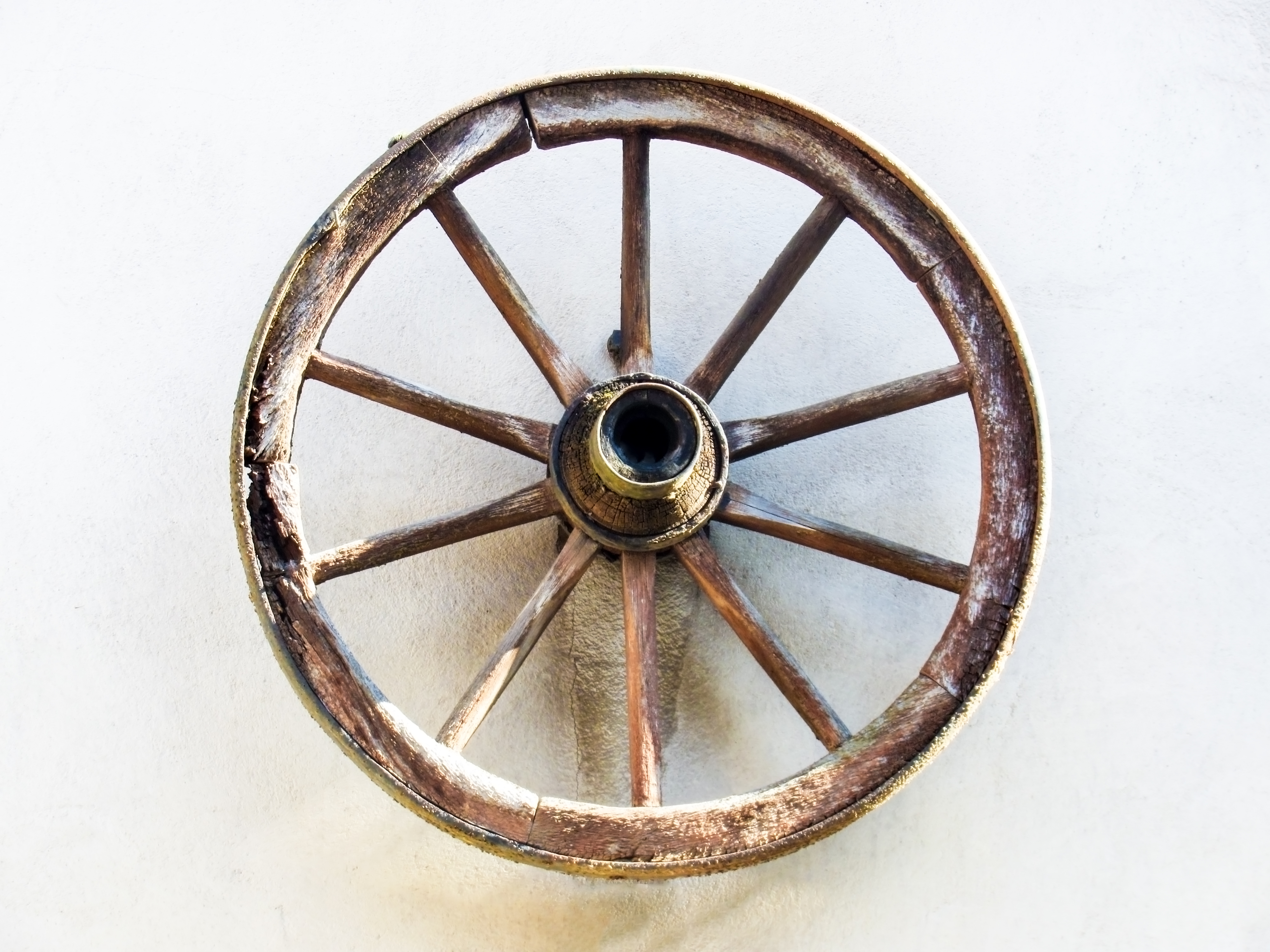I’m not a big fan of re-inventing the wheel, so let me first direct you to an excellent article by Jacob Tsypkin published here :
http://www.jtsstrength.com/articles/2013/08/07/a-guide-to-your-1st-weightlifting-meet-part-1/
But I wanted to add a few thoughts of my own.
1) Here are the men’s weight classes:
- 56 kg (123 lb)
- 62 kg (137 lb)
- 69 kg (152 lb)
- 77 kg (170 lb)
- 85 kg (187 lb)
- 94 kg (207 lb)
- 105 kg (231 lb)
- and over 105 kg;
And here are the women’s weight classes:
- 48 kg (106 lb)
- 53 kg (117 lb)
- 58 kg (128 lb)
- 63 kg (139 lb)
- 69 kg (152 lb)
- 75 kg (165 lb)
- and over 75 kg.
That means to be in a class you have to be at that exact weight or lower. Now, for my weight class it says 117lbs but ACTUALLY since it’s officially in kg, the top of my class is really 116.6. Seems petty, but if you’re trying to cut water weight to get there that almost half a pound is important. You don’t want to be the absolute lightest lifter in the weight class above. Know your weight class and don’t do anything stupid to get into a lower weight class because you’ll just lose a lot of strength in the process.
When you are a masters lifter, there is an additional set of classes, i.e. age. The classes are 35-39, 40-44, 45-49, etc. by 5 year increments. Your age group is determined by what your age would be IN DECEMBER OF THE COMPETITION YEAR now how old you will actually be at competition. Say your birthday is July and you will be 40. If you compete in May (when your driver’s license and mama say you are 39) you will still compete in the 40-44yo division because by December of that year you will be 40.
2) Absolutely, positively, bring your own chalk. At both meets I have attended, chalk was in short, short supply. If you like using it to lift, you’ll need it for your warm-ups. Bring your own (but share)
3) If you’re used to the imperial system of weights (pounds, stone, etc) then bring a giant grid of the conversion of pounds to kgs. You’re going to be nervous and you’ll just want to glance at the grid to when you’re giving your attempts or even when calculating warm-ups.
4) this may be TMI for the menfolk, but if you’re female, bring sanitary pads because stress urinary incontinence happens (i.e. peeing a little with heavy lifts) to some women.
5) a pen, paper and calculator for filling out forms, re-calculating lifts into kgs if you lose your chart grid, doodling to calm your brain, getting numbers and emails of cool people you meet.
6) women should go visit GlamletAthletics.com for a cool singlet 🙂
7) bring extra EVERYTHING socks, tape, band-aids, sports bras, drinks, tissues. Wear pants that will fit over your weightlifting shoes without having to take them on and off.
Later I’ll try to explain how the order of attempts go, why you may be following yourself in 2 minutes and why you should always stick around until the end of your session 🙂
